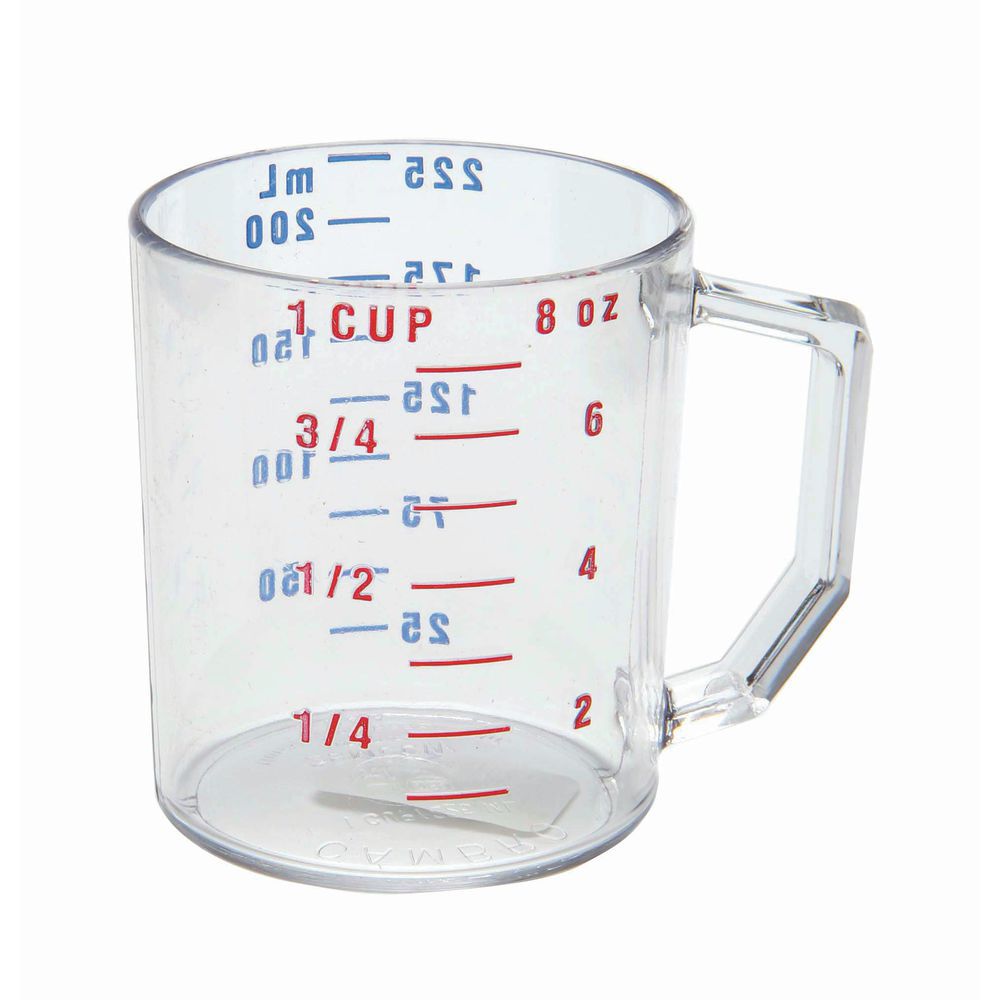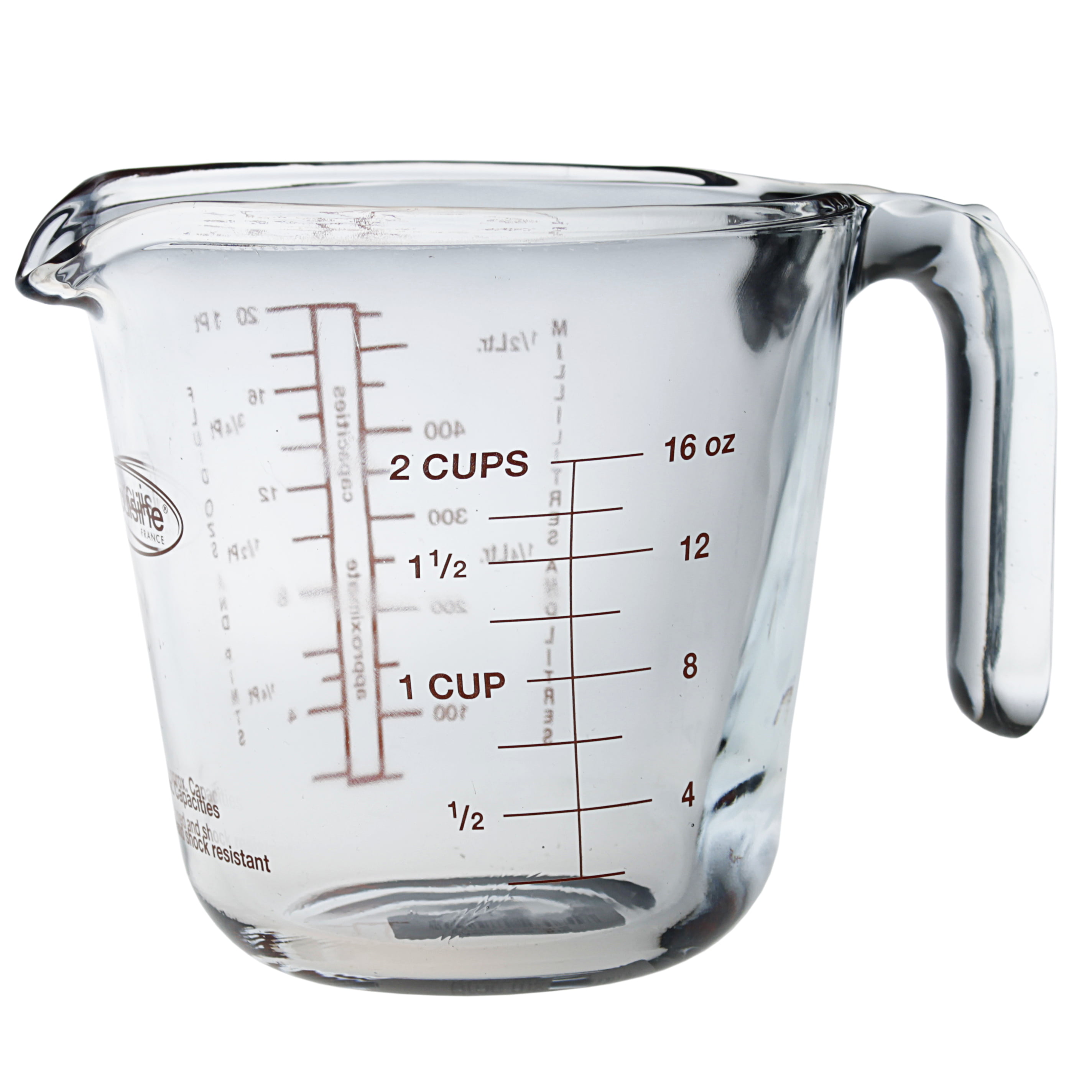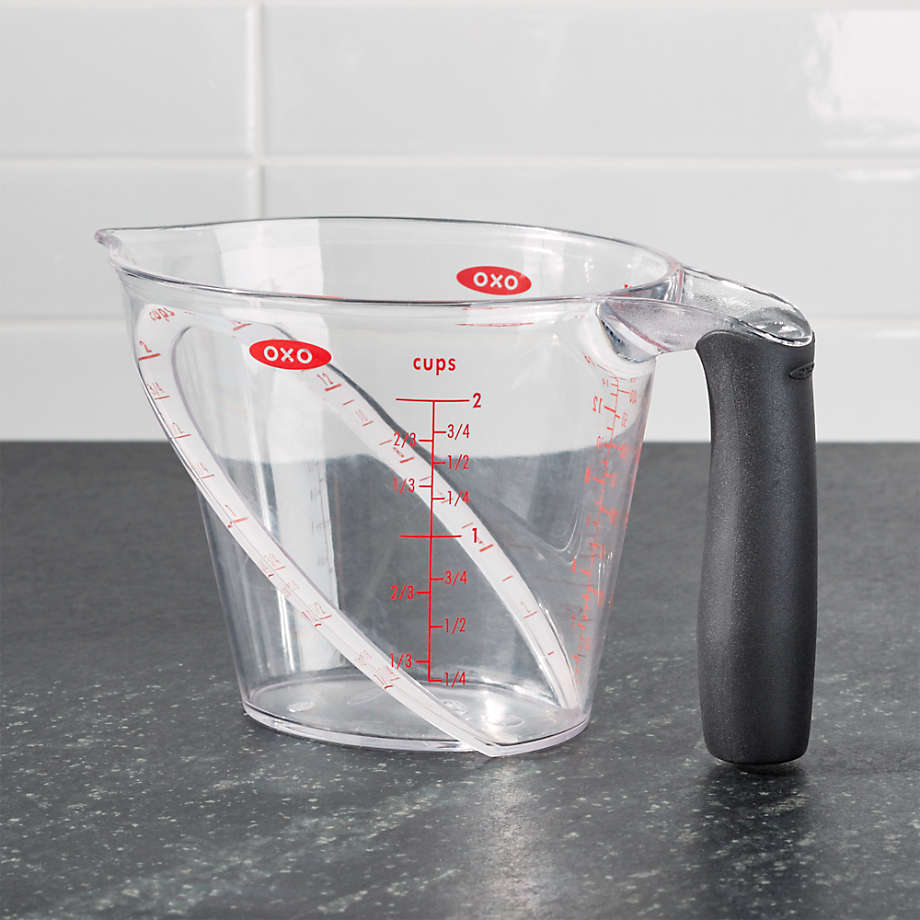
Adjustable measuring spoons have slide bars and stoppers which are convenient for controlling the number of ingredients you want to put in the dish. Used for measuring dry and liquid ingredients in small quantities. Basic measurements: 1 tablespoon, 1 teaspoon, ¼ teaspoon, and ½ tablespoon. All-Clad Stainless-Steel Measuring Cups & Spoons Williams Sonoma These utensils bring speed and precision to measuring ingredients for baking and cooking. An essential tool for those who bake a lot. The conversions are rounded to the nearest whole number for example, 1 fluid ounce is 29.57 milliliters, but for simplicity sake, we will say 30 milliliters. Typically come in a set of 4 spoons or more. Instead of struggling and second-guessing, simply convert the liquid metric measurements to fluid ounces, and then if need be, convert to cups, tablespoons, or teaspoons. Made of plastic, stainless steel, and silicone. Viele übersetzte Beispielsätze mit 'measuring cup' Deutsch-Englisch Wörterbuch und Suchmaschine für Millionen von Deutsch-Übersetzungen. Some show ounces and ml measurements as well. What does measuring cup mean Information and translations of measuring cup in the most comprehensive dictionary definitions resource on the web. The amount of liquid can easily be seen and marked with lines. Definition of measuring cup in the dictionary. Typical sizes are 8 cups, 4 cups, 2 cups, and 1 cup. Measurements are in terms of volume with ¼ cup increments. Made of clear or translucent plastic or glass. Adjustable models come with a slide bar that allows measurements in different amounts, also ideal for measuring peanut butter. Typically come in sets with common measurements: ¼ cup, ½ cup, ⅔ cup, ¾ cup, and 1 cup. Used for measuring and scooping solid ingredients such as oats, flour, sugar, shortening, and rice. Available in different sizes, has a flat top for leveling off the ingredient. Usually made of aluminum, stainless steel, plastic, and silicone. There was a greater variance when measuring water in a dry cup because it was so easy to overfill, as the surface tension of water allows it to sit slightly higher in this type of vessel.Liquid and dry ingredients are measured in different types of measuring cups and spoons for better accuracy. In this case, it was much easier to gauge the volume of water in the liquid measuring cup, as its transparency allowed measurers to see when the meniscus-the bottom of the curved surface line of the liquid-had touched the 1-cup line. The dry cup varied by 23 percent, while the liquid cup varied by only 10 percent. The same people then measured 1 cup of water (which should weigh 8.345 ounces) in both dry and liquid measuring cups. 
Test #2: Measuring Water in Both Dry and Liquid Measuring Cups


Measuring flour in a liquid measuring cup, where it’s impossible to level off any excess, drove that variance all the way up to 26 percent. This variance can be attributed to how each person dipped the cup into the flour a more forceful dip packs more flour into the same volume. With the dry measuring cup, the measurements were off by as much as 13 percent. We then weighed the flour to assess accuracy (a properly measured cup of all-purpose flour weighs 5 ounces). To demonstrate how each type of measuring cup fared, we asked 18 people, both cooks and noncooks, to measure 1 cup of all-purpose flour in both dry and liquid measuring cups. Test #1: Measuring Flour in Both Dry and Liquid Measuring Cups Can you use a liquid measuring cup? We conducted some tests to determine if it's necessary to use the appropriate measuring vessel for dry and wet ingredients. So you need to measure some all-purpose flour, but all of your dry measuring cups are in the dishwasher.







 0 kommentar(er)
0 kommentar(er)
